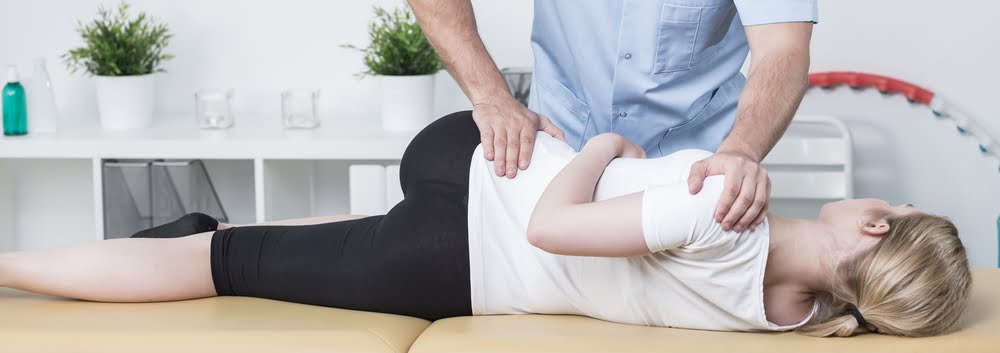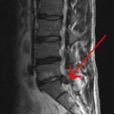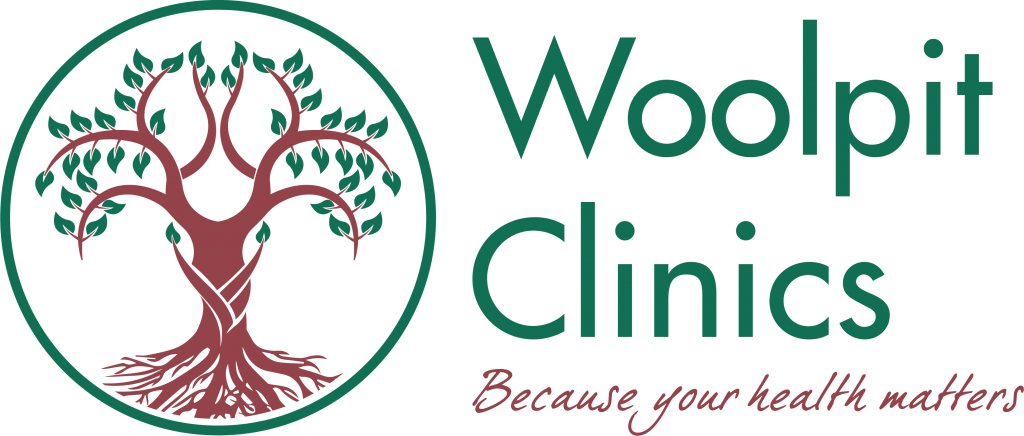
Sciatica and Osteopathy
 Is your lower back pain a real PAIN IN THE BUM?
Is your lower back pain a real PAIN IN THE BUM?
By James Harvey B. Ost
“Sciatica” is the name given to pain that is caused by irritation or compression of the sciatic nerve itself or nerve roots that form the sciatic nerve.
The sciatic nerve is the longest nerve in your body. It runs from the back of your pelvis, through your buttock, and all the way down the leg, ending at your foot. You have a Sciatic nerve on both sides. It is formed from branches of nerves that exit the lower lumbar spine and sacrum.
When something compresses or irritates the sciatic nerve (or branches of nerves that join to form the sciatic nerve), for example, a Disc Prolapse or Inflamed Spinal Joint, it can cause a pain that radiates out from your lower back, into your buttock and travels down your leg to your calf. Sciatic pain can range from being mild to very painful.
Symptoms can include:
- Buttock pain.
- Pain, pins and needled and numbness in the back of the thigh, calf and foot.
- Sciatic nerve irritation can also cause weakness of the ankle and result in “foot drop”.
One common cause of “Sciatica” is a “Slipped Disc”. To understand what a “slipped disc” is we need to know the anatomy of the spine.
Osteopathy, manual treatment and rehabilitation exercises such as pilates can help reduce the symptoms”
Understanding the back
The spine is made up of many bones called vertebrae. Between each vertebra is a ‘disc’. The discs are made of strong ‘rubber-like’ tissue which allows the spine to be fairly flexible and allows for shock absorption. A disc has a stronger fibrous outer part, and a softer jelly-like middle part called the nucleus pulposus.
The spinal cord, which contains the nerves that come from the brain, is protected by the spine. Nerves from the spinal cord come out from between the vertebrae to take and receive messages to various parts of the body.
Strong ligaments attach to the vertebrae. These give extra support and strength to the spine. Various muscles also surround, and are attached to, various parts of the spine. (The muscles and ligaments are not shown in the diagram below for clarity.)
What is a prolapsed disc?

When you have a prolapsed disc (‘slipped disc’), a disc does not actually ‘slip’. What happens is some of the inner softer part of the disc (the nucleus pulposus) bulges out (herniates) through a weakness in the outer part of the disc. You could view this as a tear in the disc. A prolapsed disc is sometimes called a herniated disc. The bulging disc may press on nearby structures such as a nerve coming from the spinal cord, for example nerves that form the Sciatic nerve. Some inflammation may also develop around the prolapsed part of the disc.
If the disc compresses a nerve you will experience pain, pins and needles and sometimes weakness in the area of the body that the nerve travels too. This is sometimes referred to as a “Trapped Nerve”, if the Sciatic nerve is involved it could be referred to Sciatica.
For a nerve to become “un trapped” the inflammation has to resolve and the compression of the disc on the nerve reduced. If a disc bulges and does not compress a nerve, you may only have mild or sometimes no pain. With this in mind, Sciatica is a result of something else and should not be misused as a diagnosis. In this instance the symptoms could be Sciatica but the diagnosis is a Disc Prolapse.
Many people have disc bulges and don’t even realise!
This is because pain will only be present if the bulge is inflamed or compressing a near by nerve.
Any disc in the spine can prolapse. However, most prolapsed discs occur in the lumbar part of the spine (lower back). The size of the prolapse can vary and does not have to compress a spinal nerve.
Below are 2 MRI scans of the Lumbar (lower) spine showing a disc prolapse.


Osteopathy, manual treatment and rehabilitation exercises such as pilates can help reduce the symptoms of a slipped disc and sciatic pain. Treatment is aimed at reducing associated muscle spasm and stretching to relieve pressure on the nerve.
For more information please contact the clinic or visit our website: 01359 408070 www.woolpitosteopaths.co.uk.



